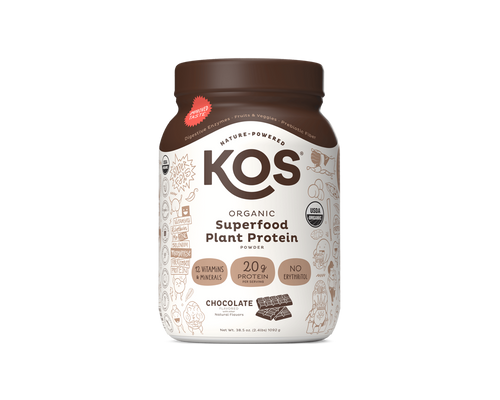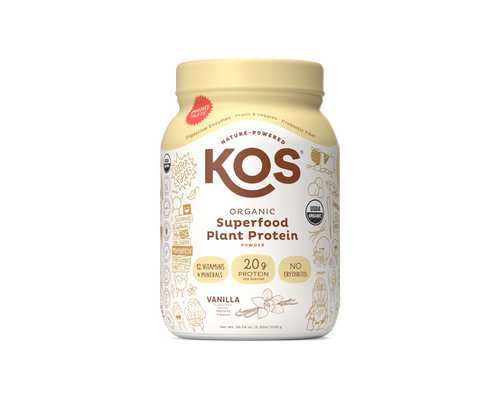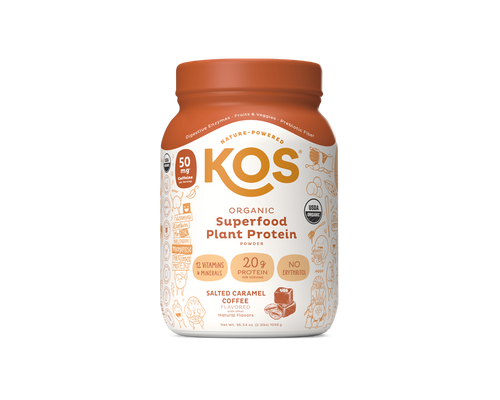Table of Contents
![]()
Heirloom Vegetable. It has the suggestion of a wilted hand-me-down from grandmother's garden.
“This gorgeous salad is made with heirloom tomatoes!”
“Oh, how lovely. Um..but could I have my salad prepared with newer, unused tomatoes of a more recent vintage?”

Heirloom actually refers to a pure seed line; one that — throughout its genealogical history — has been untouched by genetic modification, hybridizing seed practices, or modern agricultural protocols. An heirloom vegetable, in other words, is a genetically whole descendant of a seed line that precedes the industrial agriculture era.
Heirloom Vegetables and WWII
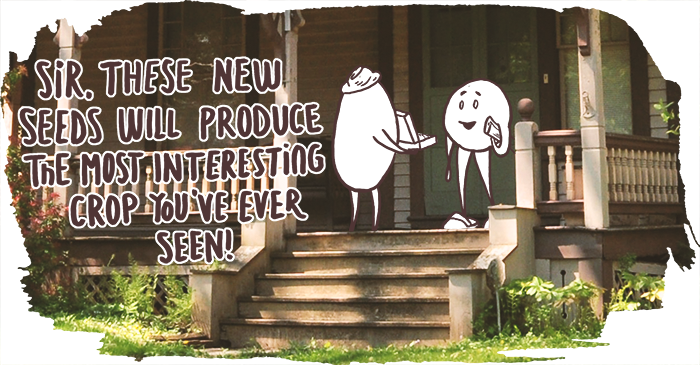
How far back must a plant’s unbroken seed line reach in order to have preceded the industrial agriculture era? The year 1945 is widely regarded as the demarkation line. Though there are actual competing schools of thought on the topic within that community (and it is a dedicated community), 1945 is a commonly accepted “heirloom” preservationist begin date.
In the immediate wake of WWII, industrial agriculture advances in the U.S. were brought forcefully to bear on the global recovery from war. The cause was right -- the object was saving lives. Feeding vast, hungry populations was paramount. In a rapidly-developed agricultural sector, chemistry, biochemistry, nutrition, microbiology and the first inklings of plant genomics rose somewhat heroically to the post-war occasion.
Heirloom Vegetables and Big Agriculture
The development of monoculture practices (growing one dedicated crop on one field), seed varieties that could be stored and shipped over long distances and other such innovations helped mitigate the post-war hunger of millions by increasing crop yield and preserving seeds during long-distance transport.
At the same time, cross-breeding and hybridizing across all food crops—again, designed to increase efficiencies of production — meant that legacy vegetable seed lines were in danger of being intermixed with these modern, modified seed lines; and lost.
Modifications to crop character and yield were absolutely necessary to feed the post-war hungry. The ever-increasing degree of genetic manipulation, hybridization, and other innovations, though, began to obscure once-pure seed lines. These decades later those collective practices have resulted in a 75% drop in crop genetic diversity.
Today, heirloom plants are both a response to this devolution of genetic crop diversity, and an embrace of “pre-industrial” agriculture whose naturally grown foods were unclouded by genetic tech, and often more nutrient-rich as a result.
Heirloom Vegetables are Time Travelers
Heirloom vegetables literally bring flavors from the past into the present. The preservation of heirloom seed lines is dependent on people intentionally saving heirloom seed from year to year. It's a sort of ongoing, open-ended conservation project whose devotees are completely dedicated. People see preserving the heirloom line largely as a connection to a more natural, less industrialized past. Many heirloom veggies are said to have much more flavor than their mixed-up modern counterparts.

Heirloom plants —by definition — have to have been raised in an “open pollination” ecosystem; no by-hand or mechanical pollinations is allowed — just the eons-old influence of birds and bees, and pollen-bearing breezes.
Because they are open-pollinated, heirloom strains can naturally cross-pollinate with each other, and their are strict and explicit rules of thumb concerning the distance that needs to separate heirlooms from other crops.
Four Reasons Heirloom Veggies are to be Sought
Flavor!
Heirloom vegetables are ambassadors from a time when veggies were as simply flavorful as nature intended.

Today’s vegetables — tomatoes, for instance — are bred and “designed” to be plucked off the vine while still green and later gas-ripened; the better to preserve them for mass shipping to distant markets.
In many contemporary vegetables, flavor is almost a secondary consideration, as agribusiness leans more and more into quantity over the other thing.
The conscious curation and shepherding of heirloom seeds means that some heirloom vegetables have been deliberately preserved and handed down through successive generations.
In some cases the lineage goes back centuries — precisely because the seed lines' biased human archivists (gardeners) found certain lines to be the tastiest, the juiciest, and so on.
Like the sheet music of a Beethoven symphony played on the piano, eating an heirloom vegetable recreates a past epoch with an authentic sensory experience.
Heirloom Vegetable Nutrition
The ongoing push for higher and higher yields has produced remarkably productive new generations of food. Unfortunately, these technological advances in food production have exacted a heavy price; namely the declining nutritional content of food crops.
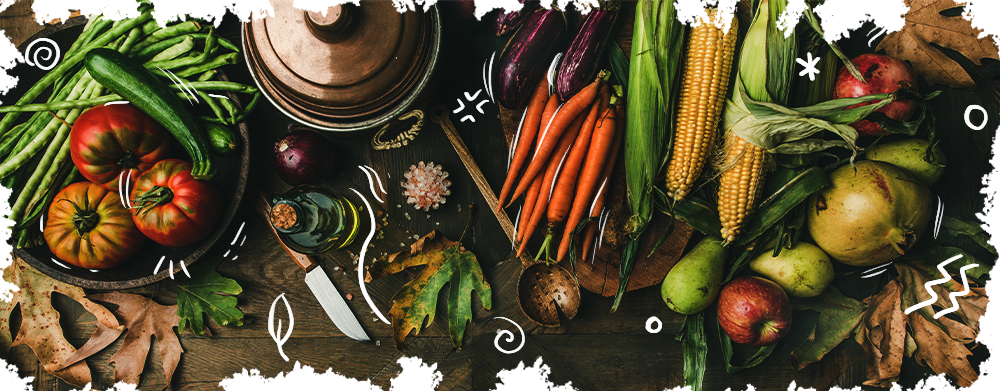
Heirloom vegetables are often more nutritious than their modern counterparts simply because the heirloom has not had its genome dragged through decades of bruising genetic yield improvement.
Again, an heirloom tomato will not only taste unlike any modern tomato you’ve eaten — it will have a corresponding nutritional potency. It’s like a time capsule bearing forward the nutritional robustness and innocence of our agricultural past.
Heirloom Veggies are Non-GMO
You can say that again! All heirloom seeds are non-GMO, as will be the edibles they yield. Modern veggies modified through the GMO process can have bacterial additives -- tossed in to achieve certain resistance to this or that invasive pest, for instance.
An heirloom veggie may not have a shield of post-modern tech protecting it from natural predators. What it does have is nature’s fingerprint, and an unclouded window into our food system’s more simplified, nutritionally natural past.
Heirloom Vegetables are a Bizarre and Colorful Potpourri
This is a pitch for growing your own heirloom vegetables. You like gardening, don’t you? What if your little home garden was also a repository for increasingly rare vegetable lines from another age?
 That would make you a shepherd of our common food crop past.
That would make you a shepherd of our common food crop past.Never mind the fact that some of the heirloom seeds available today are bringing back veggies that could be Star Trek set decorations.
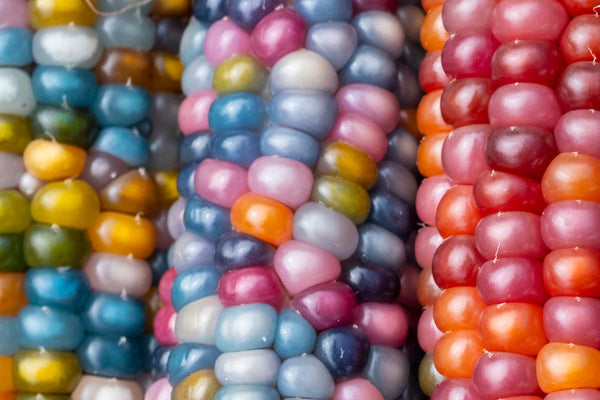
Though standard seed companies are carrying more and more heirloom seeds, the only way to ensure YOUR heirlooms are not infected by big ag practices and the food industry’s tech meddling — is to carefully harvest and preserve your own seeds; thus beginning your own heirloom legacy. Heirloom seeds grow ”true to type”, passing their characteristics along from planting to planting, generation after planted generation.
The seeds you plant after each harvest will bring you the same consistency and heirloom goodness season after season, even as you join a community of preservationists.
The Sun and the Heir
Heirloom veggies are literally a simpler past manifesting in our increasingly complex present. Whether you wish to grow them yourself, or let someone else do all the heirloom heavy lifting so you can simply enjoy, you will be helping to preserve and conserve ... the "past"; yes.
But as today's world enters a new epoch of environmental dice-rolling, you may become an inadvertent steward of the future, too. Let’s get our hands dirty.


